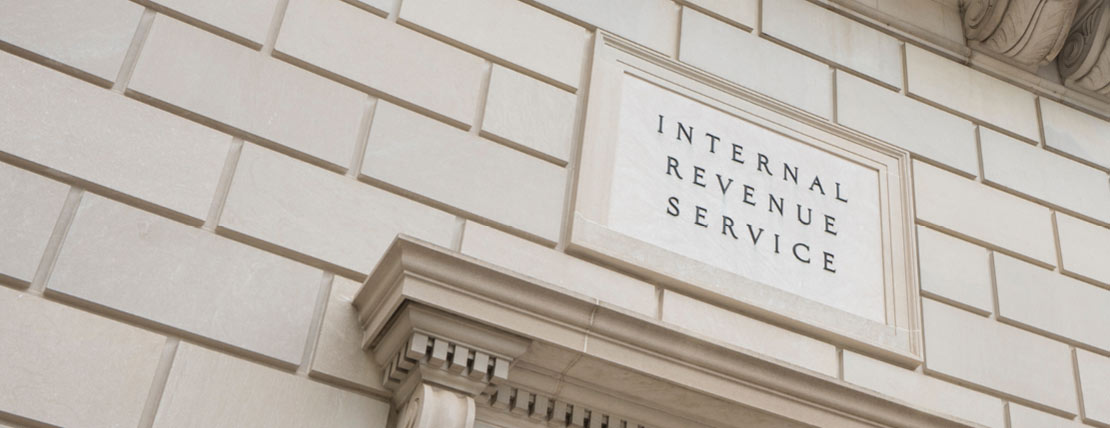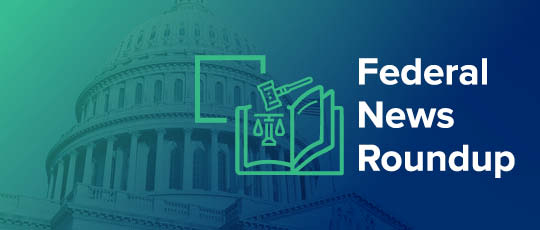For WorldatWork Members
- Checklist: Questions and Resources to Prep Employees for Retirement, Workspan Daily Plus+ article
- Retirement Booster, Workspan Magazine article
- Helping Employees Secure Their Retirement Future, Journal of Total Rewards article
- Total Rewards Inventory of Programs & Practices, research
For Everyone
- IRS Announces 401(k) and IRA Contribution Limits for 2025, Workspan Daily article
- SECURE 2.0 Corrections Act Holdup Leaves Employers Feeling Insecure, Workspan Daily article
- The SECURE 2.0 Act Sequel: What Changes Arrive in 2025? Workspan Daily article
- Retirement Plans: Design Considerations & Administration, course
The U.S. Internal Revenue Service (IRS) on Sept. 16 announced the final regulations on a 2022 law that change how retirement contributions can be made and taxed for high-earning workers aged 50 or older.
The modifications are centered on “catch-up” contributions: retirement account deposits, beyond the standard annual limits, that allow older workers to save more money in the years leading up to their retirement. These overage contributions — which have been traditionally steered (usually on a pre-tax election basis) into applicable 401(k), 403(b) or 457(b) accounts — can help those who may have saved less earlier in their working careers by giving them the opportunity to boost their nest egg and bridge potential financial gaps after employment. The pre-tax options allowed participants to:
- Lower their taxable income for the contribution year;
- Grow account funds on a tax-deferred basis; and,
- Pay taxes on the contributions and investment earnings upon fund withdrawal in retirement, when ordinary income is typically lower.
Unlike the previous rules and practices, though, starting Jan. 1, 2026, these catch-up contributions now must be made to a Roth 401(k) account, although individual plans can apply a reasonable, good-faith interpretation of the statutory provisions during 2026.
Enacted as part of the Setting Every Community Up for Retirement Enhancement (SECURE) 2.0 Act, the Roth mandate became effective for tax years starting after 2023, stated Mercer experts. However, the IRS postponed the compliance deadline to 2026, citing the administrative complexity of updating payroll and plan systems.
“While the final Roth catch-up regulations generally align with what was outlined in the proposed rules, there are still some unexpected elements,” said Kizzy Gaul, the director of retirement at consulting firm WTW.
This article outlines what total rewards professionals, including those focused on compensation, need to know about the new mandate, the effect on retirement savings choices for older workers and how to prepare for compliance.
Breaking Down the Mandate
For 2025, workers aged 50 and over can make catch-up contributions worth up to $7,500 to a 401(k), for a total employee contribution limit of $31,000. A higher catch-up contribution limit ($11,250) applies for workers aged 60, 61, 62 and 63 who participate in these plans.
Under the new Roth mandate, plan participants, starting in 2026, must pay tax upfront on these overage contributions.
In addition to the Roth changes, the rules also clarify that a “higher earner participant” is an individual whose wages (as defined by the Federal Insurance Contributions Act, or FICA) from the employer sponsoring the plan exceeded $145,000 (indexed after 2024 and for inflation) for the preceding year.
The final rules also include a temporary reprieve for multiemployer plans, said Julia Zuckerman, the vice president of compliance at Segal, an HR and employee benefits consultancy. Unlike plans sponsored by a single company, multiemployer plans are jointly administered by a board of trustees with equal representation from a union and any/all participating employers.
“Multiemployer plans are considered to satisfy the Roth requirement for certain catch-up contributions until a later date tied to the expiration of the plan’s collective bargaining agreements,” she said.
As a rule, retirement plan sponsors and employers must be able to show they did not unfairly compensate highly paid employees over its general workforce.
The goal, as laid out in the IRS rules, is to ensure that 401(k) plans don’t unfairly favor highly compensated employees (HCEs) over lower-paid workers (otherwise known as non-highly compensated employees, or NHCEs). The employer needs to maintain its tax-qualified plan status by keeping contribution and participation rates balanced between HCEs and NHCEs.
So, if higher-paid employees contribute less due to Roth catch-up rules and reduce the disparity between HCEs and NHCEs, could these rule changes make it easier for employers when it comes to nondiscrimination testing?
According to Zukerman, the answer is “no,” since catch-ups contributions are not considered for nondiscrimination testing purposes.
“This means that there is no difference in actual deferral percentage (ADP) testing, where an HCE (who is catch-up eligible) defers up to the limit but opts not to make catch-up contributions because of the new rules,” she said. “However, to the extent an employer matches catch-up contributions, actual contribution percentage (ACP) testing might be easier to pass if fewer HCEs make catch-up contributions.”
Employers also should be aware of potential downstream effects, said Gaul.
For example, when a plan fails ADP testing, one common correction method is to reclassify excess HCE deferrals as catch-up contributions.
“Under the new rules, these reclassified amounts may now need to be treated as Roth [contributions], which could complicate the correction process,” Gaul said.
She also noted that if a plan sponsor does not implement the deemed Roth administrative option and a high earner defers catch-up contributions on a pre-tax basis, the plan may need to be corrected by distributing these amounts. As a result, this could create administrative challenges and participant confusion, she said.
Next Steps for Employers
According to experts at legal news and analysis firm JD Supra, employers and retirement systems will need to consider the following as they prepare for implementation:
- Review payroll systems to ensure accurate tracking of FICA wages.
- Determine whether the plan will adopt an optional aggregation rule for FICA wages.
- Consider adopting a deemed Roth catch-up election provision and determine what design approach is best supported by the plan’s administrative processes.
- Review plan materials to ensure the Roth catch-up rules for higher-earner participants (including application of a deemed election) are adequately communicated to participants.
- Update correction procedures for noncompliant contributions, including the special correction methods for plans that adopt a deemed Roth catch-up provision.
- Coordinate with recordkeepers and payroll providers to ensure accurate tax reporting and implementation of deemed Roth catch-ups.
- Document plan operation and accurately reflect it in a plan amendment that is adopted prior to the SECURE 2.0 amendment deadline.
Editor’s Note: Additional Content
For more information and resources related to this article, see the pages below, which offer quick access to all WorldatWork content on these topics:
#1 Total Rewards & Comp Newsletter
Subscribe to Workspan Weekly and always get the latest news on compensation and Total Rewards delivered directly to you. Never miss another update on the newest regulations, court decisions, state laws and trends in the field.








